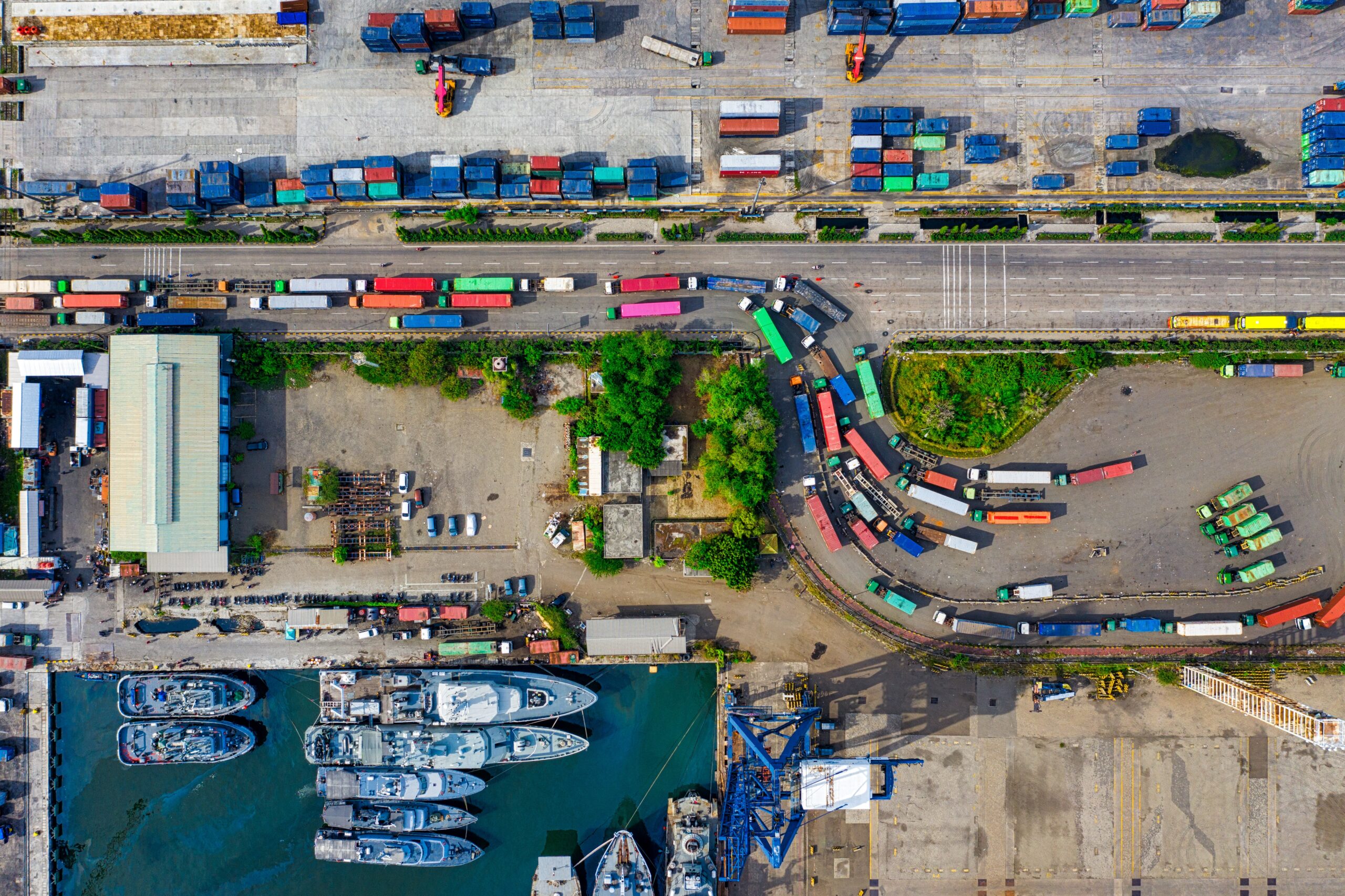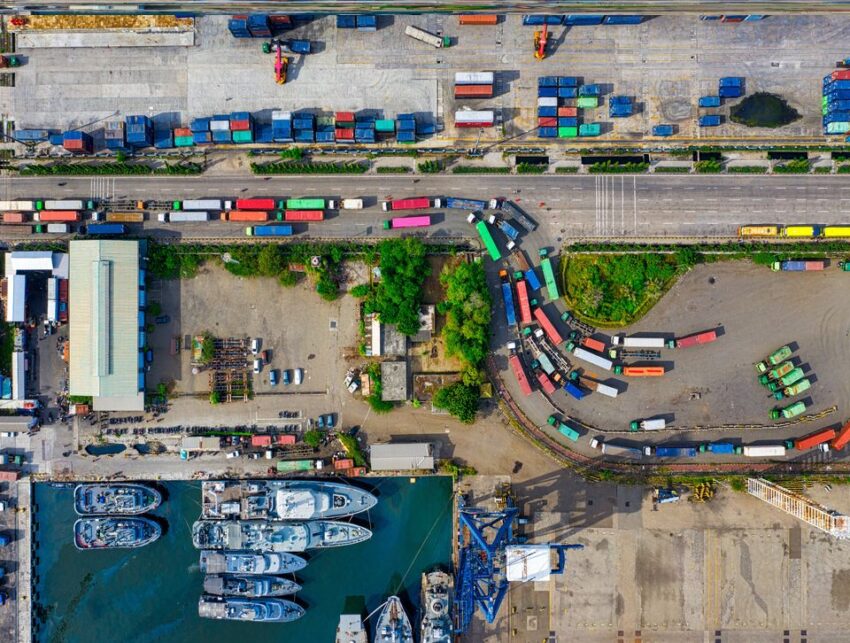The rapidly expanding industry of food and pharmaceuticals has led to a very high demand for cold chain logistics service providers. There is an ever-increasing number of trends that are making way for greater capacity for refrigeration in the supply chain and the logistics industry is trying its best to keep pace and evolve to meet the new industry trends. According to a report by MarketandMarkets, the international cold chain logistics market is forecast to reach $21.6 billions by 2025 and small and mid-sized freight forwarders are scrambling to find new ways of offering seamless refrigeration solutions.

A vast range of premium products with a very short shelf life and greater temperature sensitivity are hitting the market and the demand for competent cold chain logistics providers is consequently increasing. Moreover, vaccine distribution has opened up new possibilities for the cold chain logistics sector.
In today’s post, we are going to talk about all the industry-defining trends in the cold chain logistics sector.
Latest trends in cold chain logistics
Globalization of the cold chain sector
The cold chain industry has become more globalized than ever. This is one factor that is prompting the freight forwarding industry to ensure steady maintenance of quality and temperature control throughout the shipping process. Biopharmaceutical products such as insulin, Gardasil, interleukins and interferons are some of the biggest innovations driving the growth of the pharmaceutical industry. The biological testing services rely on bulk transportation of sensitive samples.
All over the world, the rise of the health food trend and the growing middle class have resulted in increasing demand for products that didn’t exist a few decades back. For example, probiotic supplements and items like kefir and kombucha are in high demand among health enthusiasts. The movement of all these products is entirely dependent on the creation of a digitized, highly efficient and globalized cold chain industry.
The rise of online grocery services
Yet another new trend in the cold chain sector is the rise of e-grocery services. Several e-commerce companies have now started the door-to-door delivery of groceries. This trend which started in the early days of the pandemic has now become a part and parcel of e-commerce services. The online grocery delivery sector is booming and consequently, there is mounting pressure on cold chain shipping services that can enable timely door-to-door deliveries of perishable items including vegetables, fish and meat.
Rise in the number of refrigerated warehouses
A visible trend in the cold chain shipping sector is the rise in the number of refrigerated warehouses that provide the ideal storage condition for temperature-sensitive products. These cold storage are making possible the smooth transportation of fresh perishable items from one corner of the globe to another without compromising the integrity of the items. These refrigerated warehouses are presently being used to store perishable food, flowers and plants, biopharmaceuticals and even artwork.
Creation of a sustainable cold chain
Traditional cold chain operations are energy-intensive and therefore have a tremendous impact on the climate. This is why cold chain operators are seeking new ways to counter the energy-intensive requirements of perishable commodities while minimizing the expenditure at the same time. Multinational cold chain companies are already investing in the research and development of sustainable cold chains that would offer the optimum solution. Ongoing researches in the field of insulation enhancement, the use of electric vehicles for drayage, the use of ammonia instead of freon, and the use of CNG on the trailer side are worth mentioning in this regard.
Sustainable packaging
The creation of a sustainable cold chain also encompasses the use of recyclable, eco-friendly thermal packaging that is in line with the sustainability goals of the transportation and logistics industry. To balance the packing and transportation expenses, pharmaceutical manufacturers are partnering with logistics companies that have the ability to re-ice the cargo in case of a delay. Cold chain companies are now more mindful of their customer expectations. Customers these days are more environmentally conscious and expect companies to have a proactive sustainability endeavour. This is precisely why cold chain operators are now focusing on recyclable packaging as part of their company’s sustainability plan.
New regional regulations
The rise in food safety-related incidents and the problem of counterfeit pharmaceutical products have urged the authorities to impose strict regulations on the manufacture and transportation of perishable edible items. The health food industry is presently stressing quality and integrity. For this reason, many freight forwarders are now moving cold chain items in a way that minimizes the possibility of the slightest change in taste, and texture which previously used to happen whenever the cargo went outside the recommended temperature. Around 80% of pharmaceuticals in the European Union are required to be moved by temperature-controlled vehicles and similar regulations will soon be in place in the US as well. This is precisely why multinational cold chain companies are making investments to get additional certifications. The top companies in this sector are also implementing stringent measures to stick to all governmental regulations.
Investments in technology
Cold chain logistics has now increasingly become dependent on digitization for real time monitoring and traceability. For example, the use of GPS enabled sensors in the refrigerated containers are providing real time temperature updates throughout the end-to-end journey of the commodities. Moreover, IoT enabled technologies are augmenting the visibility of cold chain transportation.
The use of technology is helping cold chain operators to ensure integrity, efficacy and safety. In addition, we can see a significant increase in investment towards onboard devices in-built into the refrigeration units. Several shippers are also making use of detachable sensors that independently track the temperature of their high-value cold cargo. Although most logistics companies use air freight for moving pharmaceuticals, these days many shippers are making use of steamships because of the improvements in temperature and location tracking technologies.


